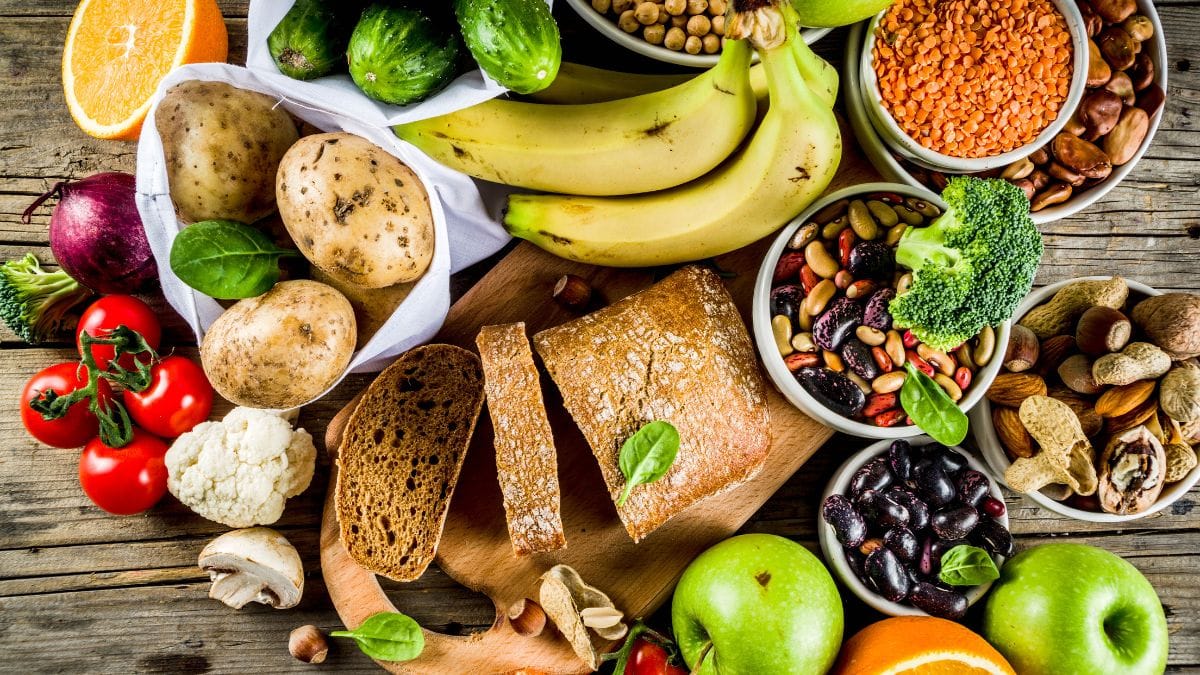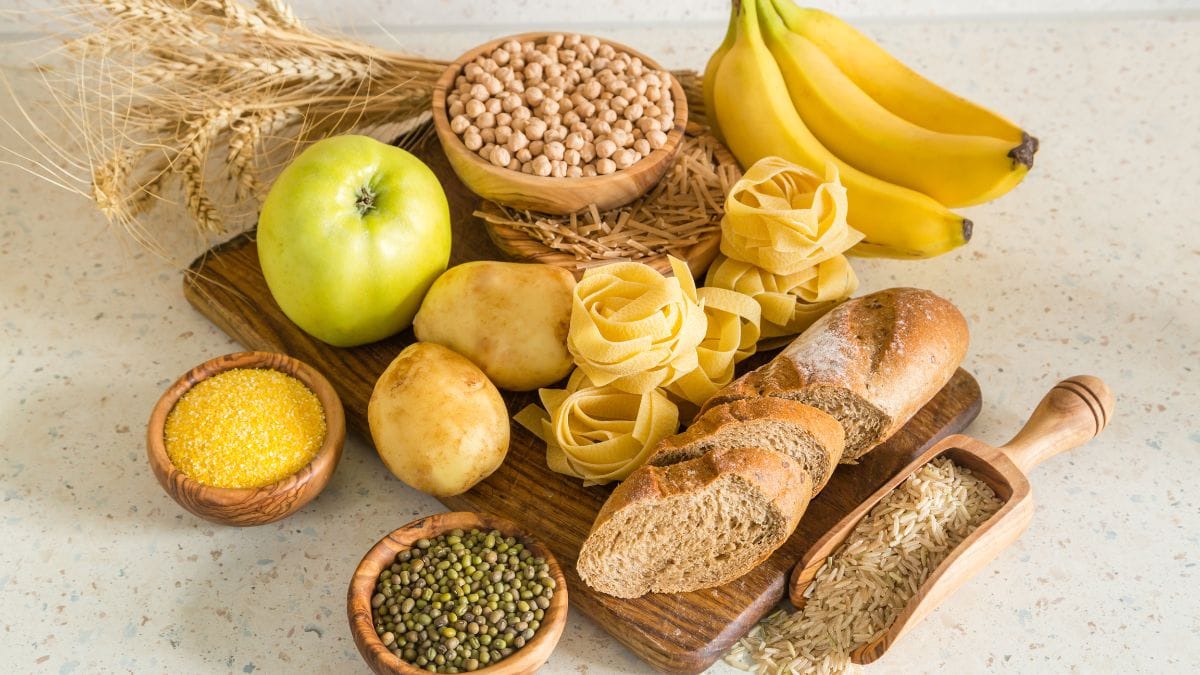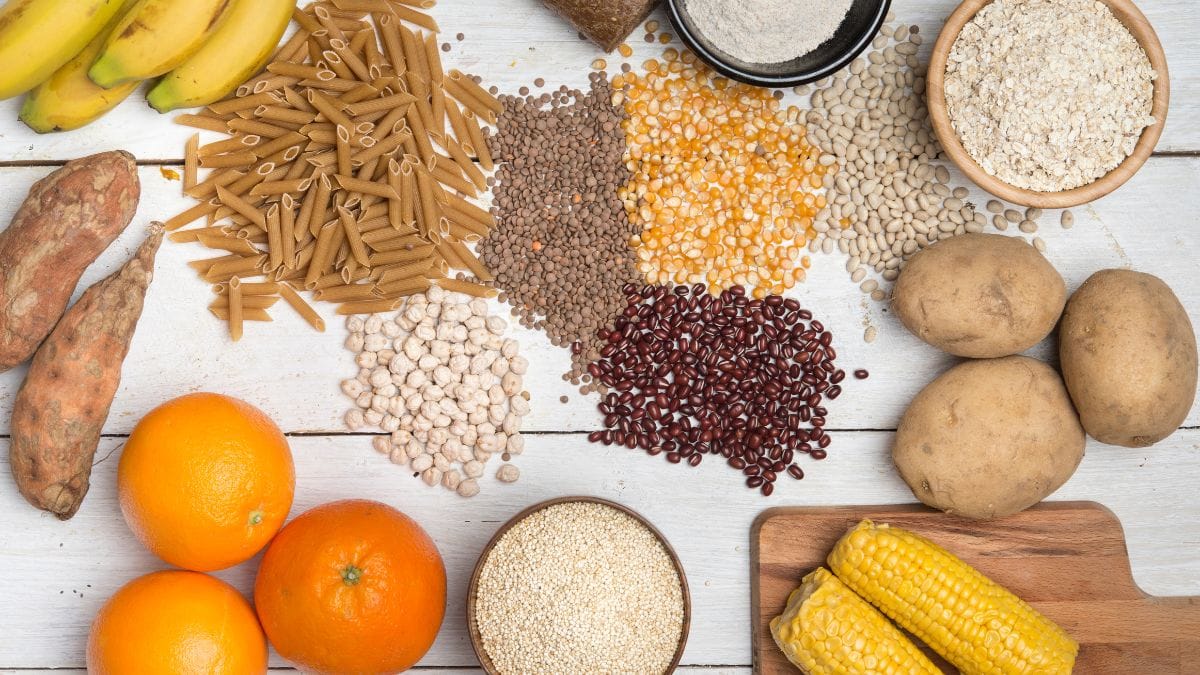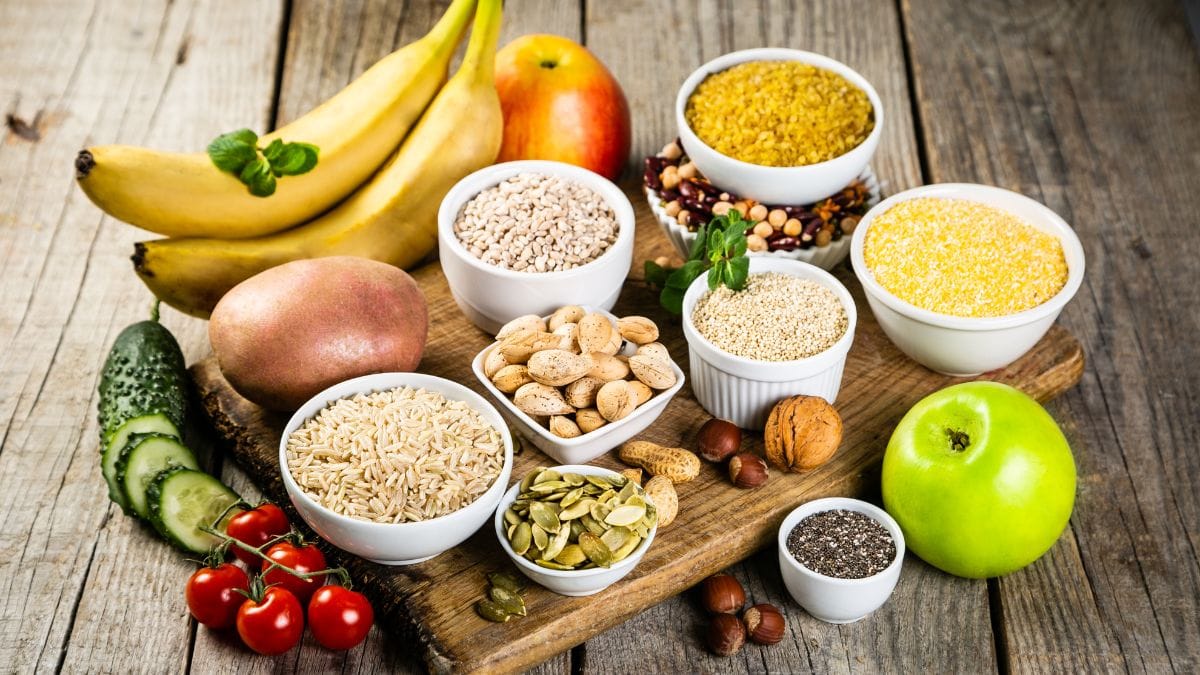● Short Answer: Brown rice has better carbohydrates due to its fiber content and slower glucose release compared to white rice.
Introduction
Picture this: you’re standing in the rice aisle, holding two packets – one brown, one white – wondering which one will fuel your body better.
You’re probably asking this question because you’ve heard conflicting advice about carbohydrates, or maybe your doctor suggested switching to brown rice for better blood sugar control.
Let’s dive deep into the carbohydrate quality of brown rice and discover why it might be the smarter choice for your plate.
What Makes Brown Rice Carbohydrates Different?
Brown rice contains the same amount of total carbohydrates as white rice – approximately 45 grams per cooked cup.
However, the key difference lies in the fiber content and processing level.
White rice undergoes milling that removes the bran and germ, leaving only the starchy endosperm.
Brown rice keeps its bran layer intact, providing 3.5 grams of fiber per cup compared to white rice’s 0.6 grams.
This fiber acts like a protective barrier, slowing down how quickly your body breaks down and absorbs the carbohydrates.
✪ Fun Fact: The bran layer in brown rice contains 83% of the grain’s total fiber content.
How Does Brown Rice Affect Your Blood Sugar?
Brown rice has a glycemic index of 68, while white rice ranges from 73-89 depending on the variety.
This lower glycemic index means brown rice causes a more gradual rise in blood glucose after eating.
The fiber in brown rice forms a gel-like substance in your digestive tract, creating a physical barrier around the starch molecules.
This barrier forces digestive enzymes to work harder and longer to break down the carbohydrates, resulting in sustained energy release over 2-3 hours.
In my opinion, this makes brown rice particularly valuable for people managing diabetes or those experiencing afternoon energy crashes after meals.
✪ Pro Tip: Eat brown rice with protein and healthy fats to further slow carbohydrate absorption.
Why Do Brown Rice Carbohydrates Keep You Fuller?
The fiber in brown rice increases meal satiety by 25-30% compared to white rice.
When fiber reaches your stomach, it absorbs water and expands, creating physical fullness that triggers satiety hormones.
Additionally, the slower digestion process keeps food in your stomach longer, maintaining that satisfied feeling for 3-4 hours.
This extended satiety prevents the rapid hunger return that often occurs 1-2 hours after eating white rice.
The result is better portion control and reduced snacking between meals, which supports healthy weight management naturally.
✪ Note: Chew brown rice thoroughly to maximize fiber’s satiety benefits.
When Should You Choose Brown Rice Over White Rice?
Choose brown rice when you need sustained energy for physical or mental activities lasting more than 2 hours.
It’s particularly beneficial for breakfast or lunch when you want to avoid mid-morning or afternoon energy dips.
People with prediabetes, type 2 diabetes, or insulin resistance should prioritize brown rice to help manage blood glucose spikes.
However, white rice might be better immediately after intense workouts when you need rapid glycogen replenishment.
In my opinion, making brown rice your default choice and using white rice strategically for post-workout recovery creates the best of both worlds.
✪ Pro Tip: Start with a 50-50 brown and white rice mix if you’re transitioning from white rice.
How Can You Maximize Brown Rice’s Carbohydrate Benefits?
Cook brown rice with a 1:2.5 rice-to-water ratio to preserve maximum fiber content.
Soaking brown rice for 30 minutes before cooking reduces cooking time and improves digestibility without losing nutritional value.
Pair brown rice with lean protein sources like chicken, fish, or legumes to create a complete amino acid profile.
Add healthy fats like olive oil or avocado to further slow carbohydrate absorption and enhance nutrient absorption.
Store cooked brown rice in the refrigerator for 24 hours before reheating to increase resistant starch content by 10-15%, which acts like additional fiber.
✪ Fun Fact: Cooling and reheating rice creates resistant starch that feeds beneficial gut bacteria.
Wrapping Up
Brown rice definitely offers superior carbohydrates through its fiber content, slower glucose release, and enhanced satiety compared to white rice.
What’s your biggest challenge with incorporating brown rice into your daily meals – is it the cooking time, taste preference, or something else entirely?
References
At NutritionCrown, we use quality and credible sources to ensure our content is accurate and trustworthy. Below are the sources referenced in creating this article:
- Healthline: Brown Rice vs White Rice
- Harvard Health: Brown Rice Versus White Rice: A Head-to-Head Comparison
- GoodRx: White Rice or Brown Rice
- Kay Nutrition: Brown Rice vs White Rice: Which is Better?
- Signos: Brown Rice Glycemic Index




